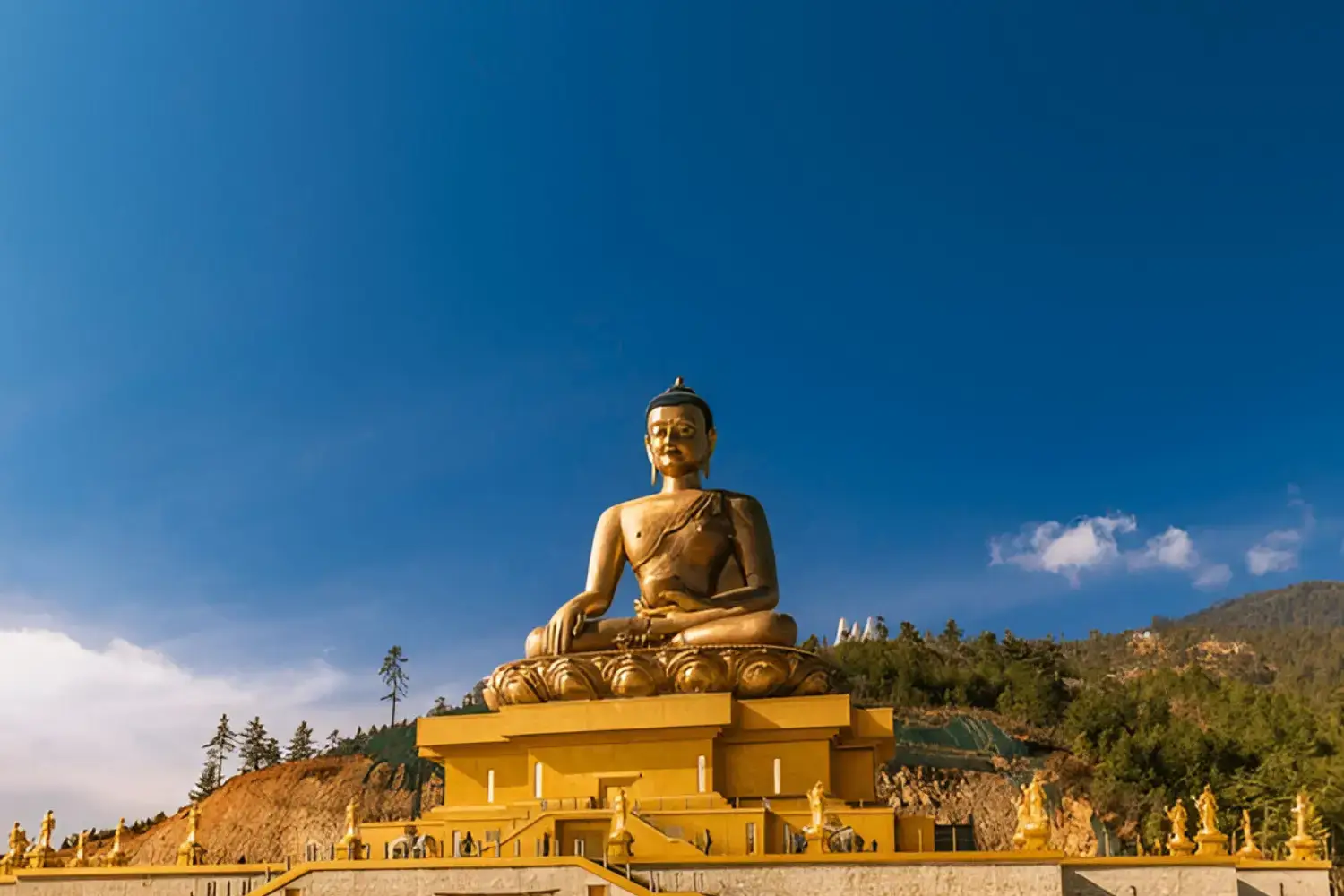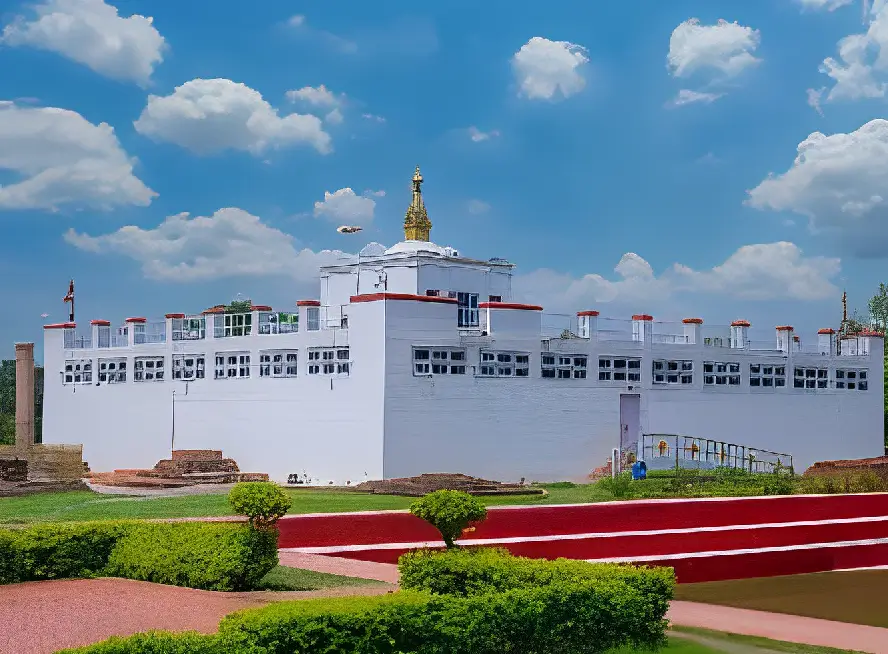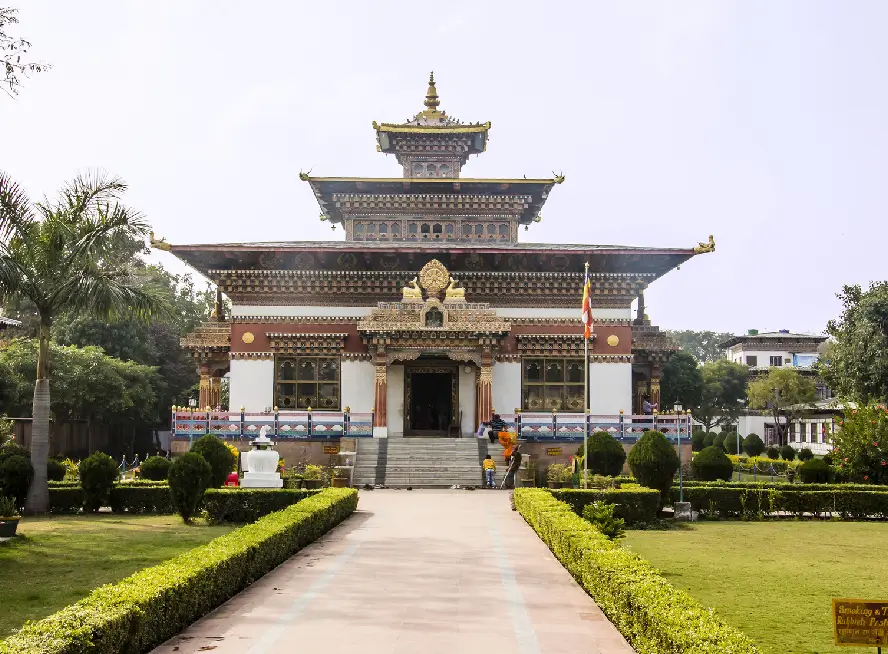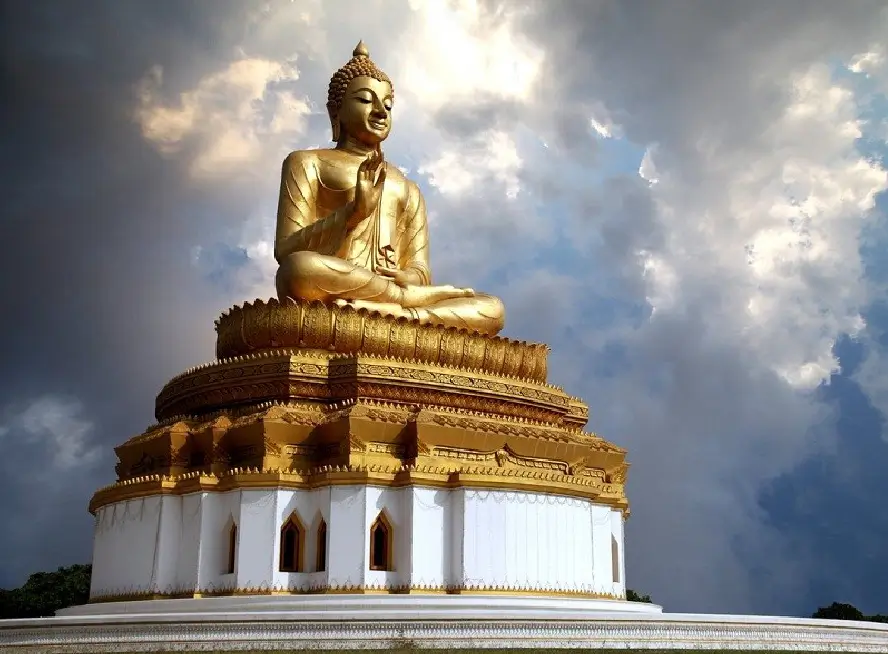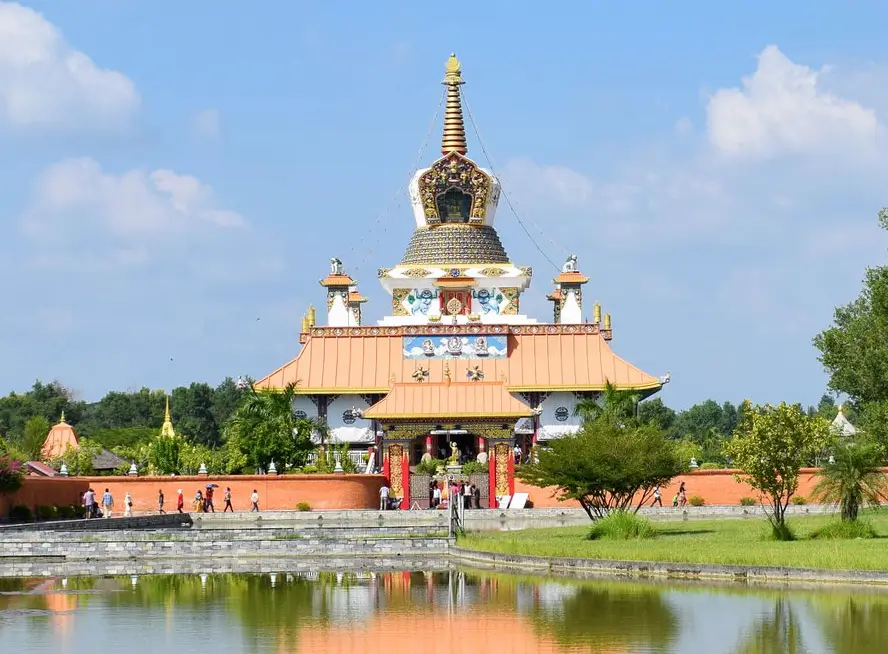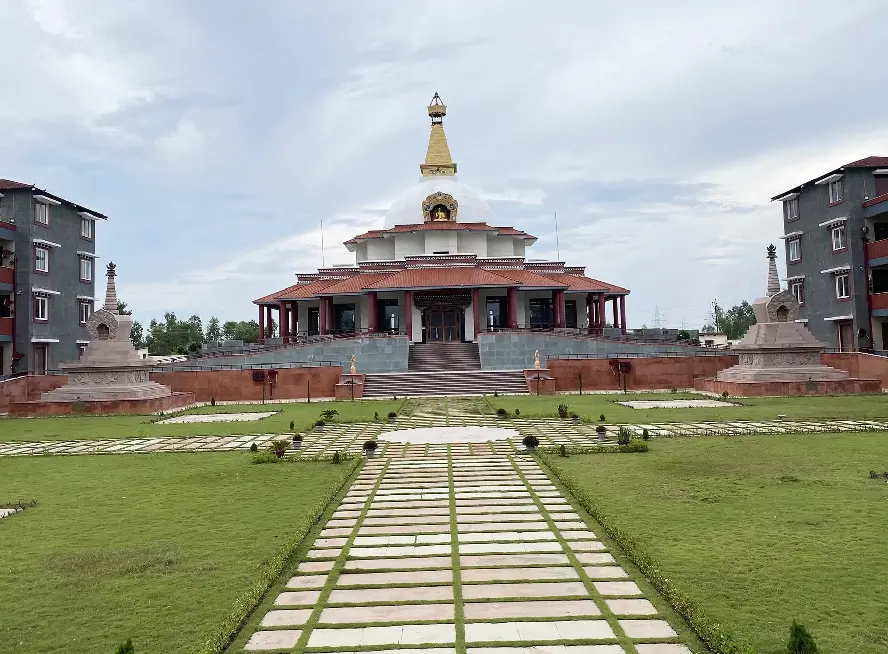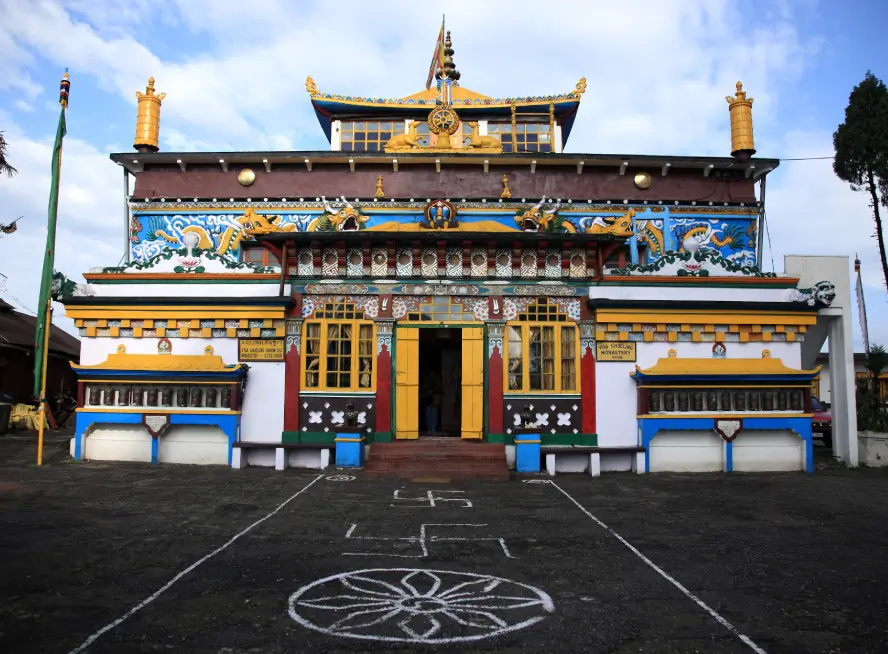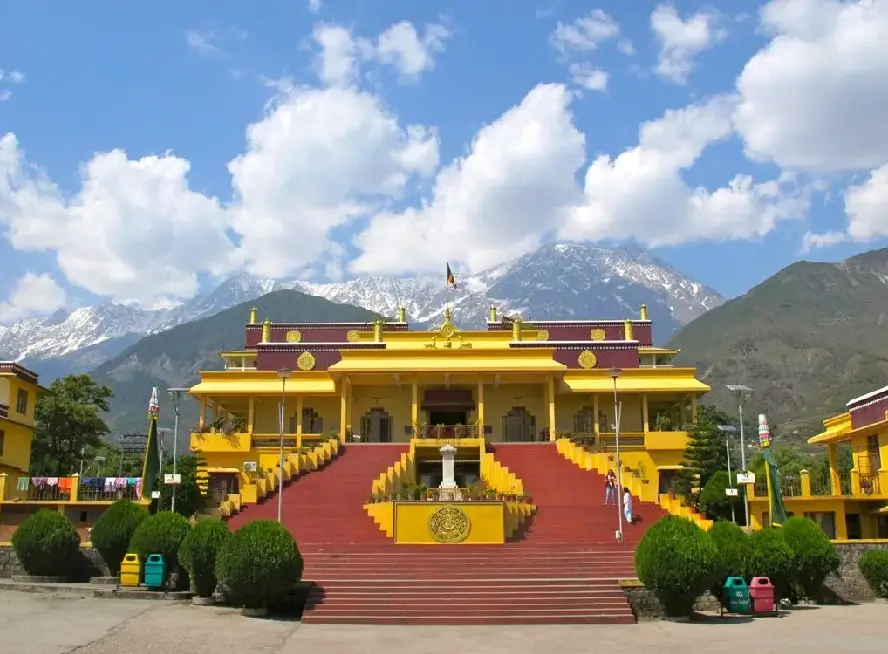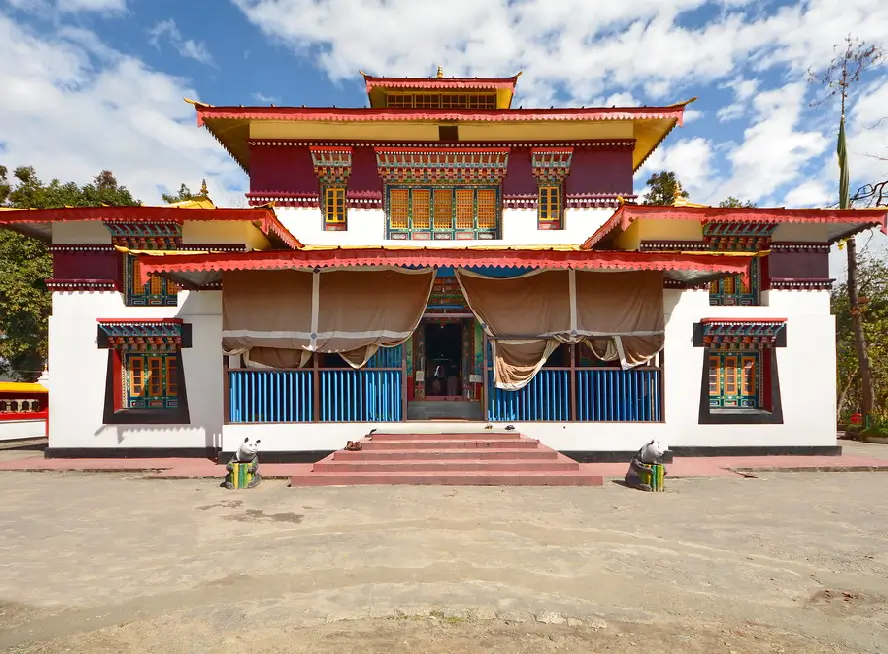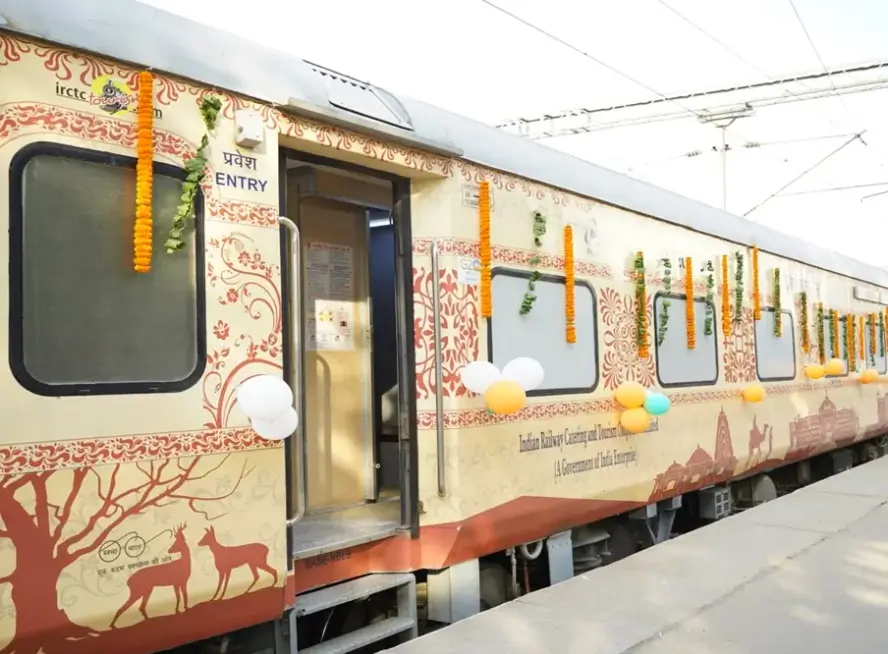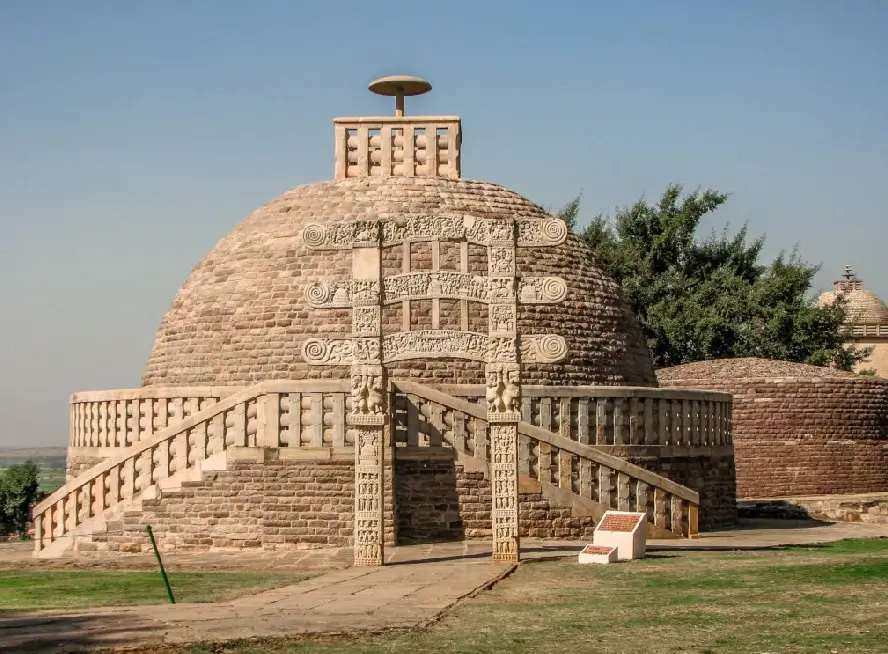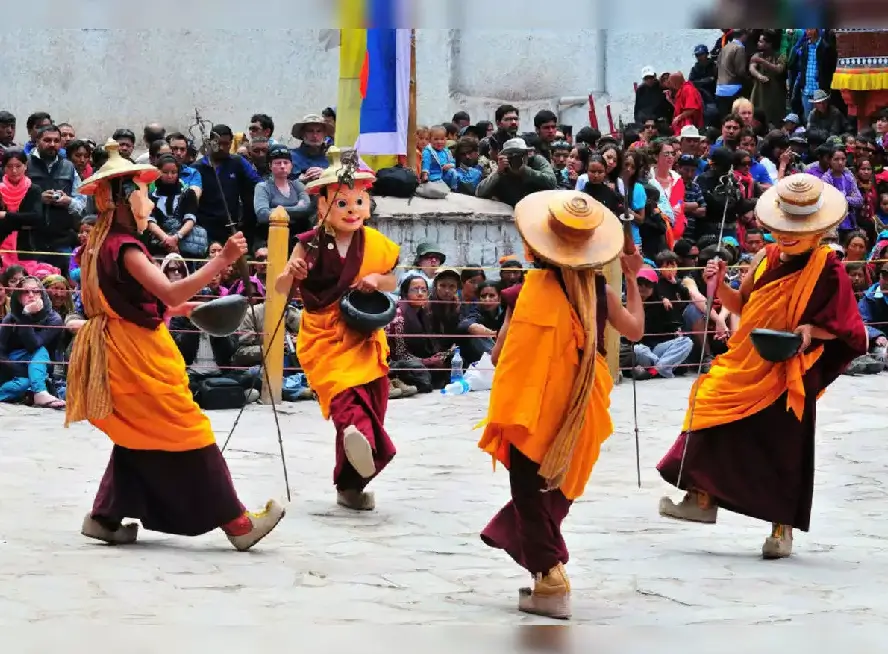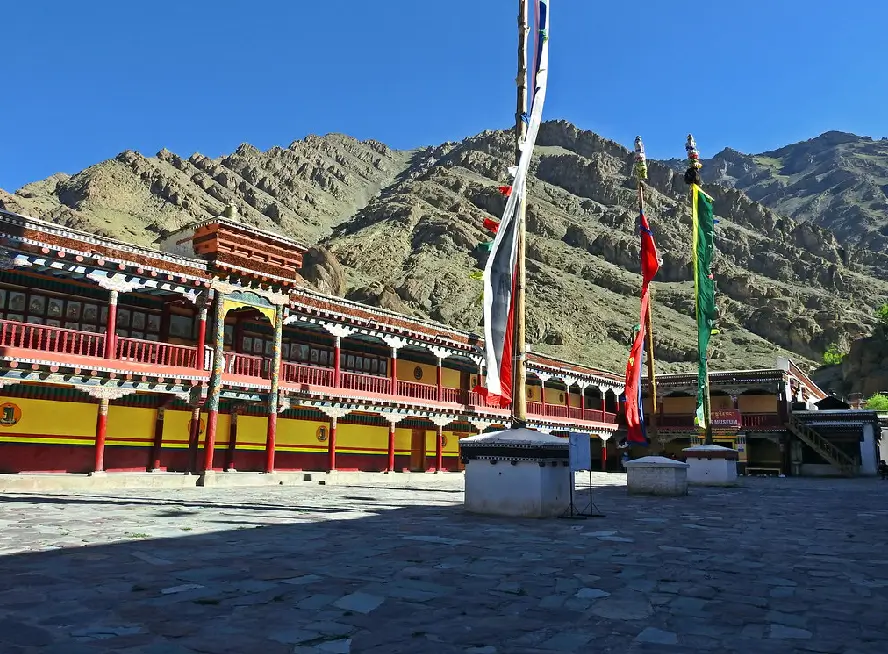10 Best Buddhist Places to Visit in Bhutan
Immerse yourself in the serene beauty of the Himalayan kingdom of Bhutan, a deeply spiritual country where Mahayana Buddhism isn't just a religion but a way of life. For anyone seeking a truly profound journey, a Bhutan Buddhist pilgrimage tour offers an unparalleled experience. This nation is a treasure trove of many sacred Buddhist sites such as ancient temples, majestic dzongs (fortress-monasteries), and tranquil meditation centers that stand as testaments to centuries of devotion.
Bhutan's spiritual landscape is undeniably shaped by Buddhism, a truth immediately felt through the presence of colorful prayer flags, each carrying sacred mantras on the mountain breezes, and seen in the intricate designs and sacred relics enshrined within its many monasteries, which serve as vibrant centers of Buddhist practice. Being immersed in such a vibrant and living Buddhist culture is what makes tourism here a truly transformative and enriching experience. Here, we explore the best Buddhist places to visit in Bhutan, each site offers a unique window into the nation's spiritual traditions and stunning natural landscapes.
- Tiger's Nest Monastery
- Punakha Dzong
- Kyichu Lhakhang
- Tashichho Dzong
- Gangtey Monastery
- Kurjey Lhakhang
- Jambay Lhakhang
- Chimi Lhakhang
- Tango Monastery
- Rinpung Dzong
Paro Taktsang (Tiger's Nest Monastery), Paro
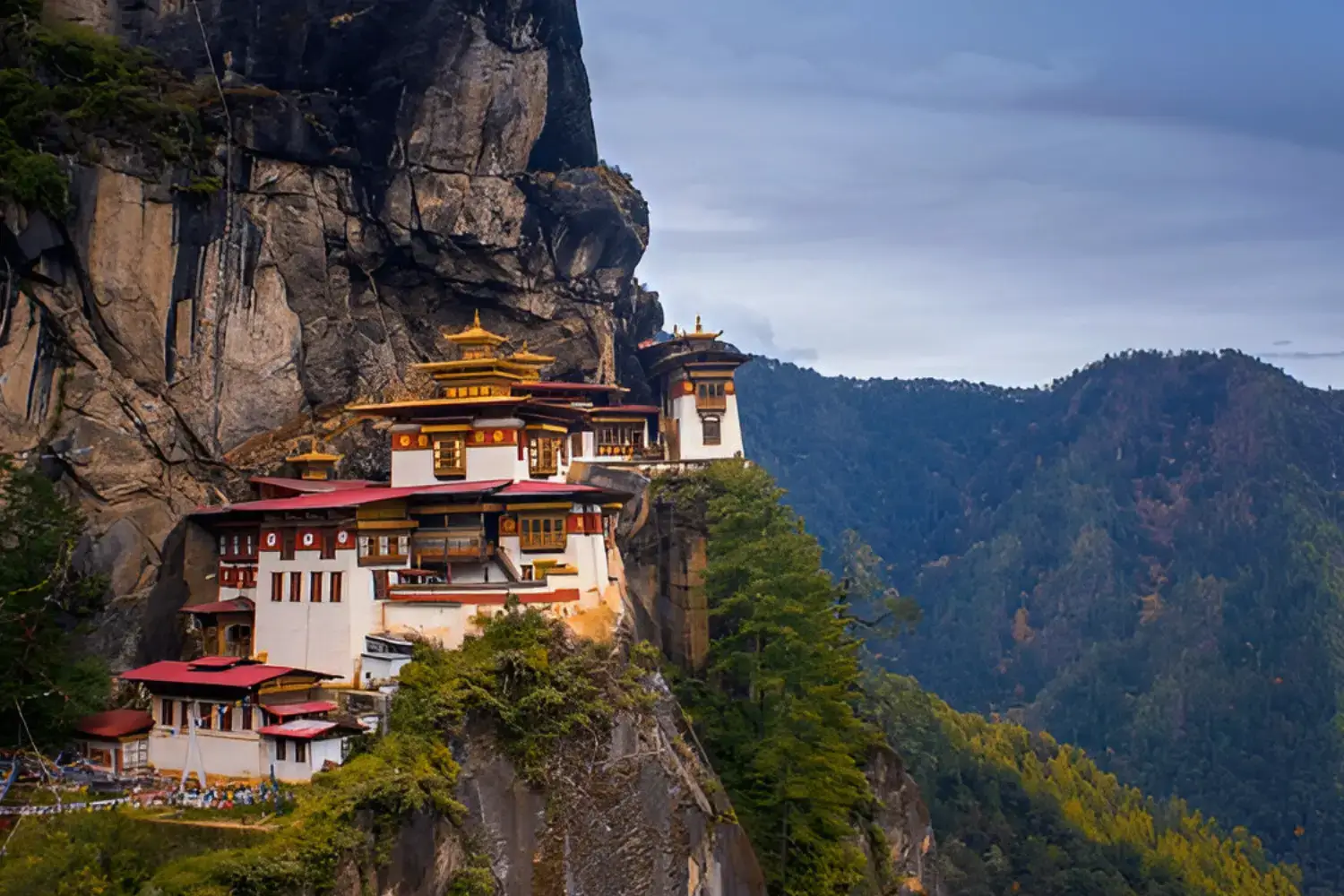
Undoubtedly Bhutan's most iconic site and one of the most popular Buddhist monasteries in Bhutan, this sacred place clings dramatically to a cliffside over 900 meters above the Paro Valley, at an approximate altitude of 3,120 meters (10,240 feet). Its Buddhist significance is immense, as it's believed that Guru Rinpoche, who brought Buddhism to Bhutan, meditated here in the 8th century after flying on the back of a tigress.
How to Reach Paro Taktsang (Tiger's Nest)?
Reaching the iconic Paro Taktsang, also known as the Tiger's Nest Monastery, involves a challenging but profoundly rewarding uphill trek that begins from the base parking area. Visitors typically spend about 3 to 5 hours hiking to the monastery, depending on their fitness level and the number of stops. For those who prefer not to walk the entire way, ponies can be hired at the base to take visitors approximately halfway up to the 'Cafeteria' viewpoint. From this point, the trek continues on foot, including a series of stone steps and narrow paths leading to the monastery itself.
Punakha Dzong, Punakha
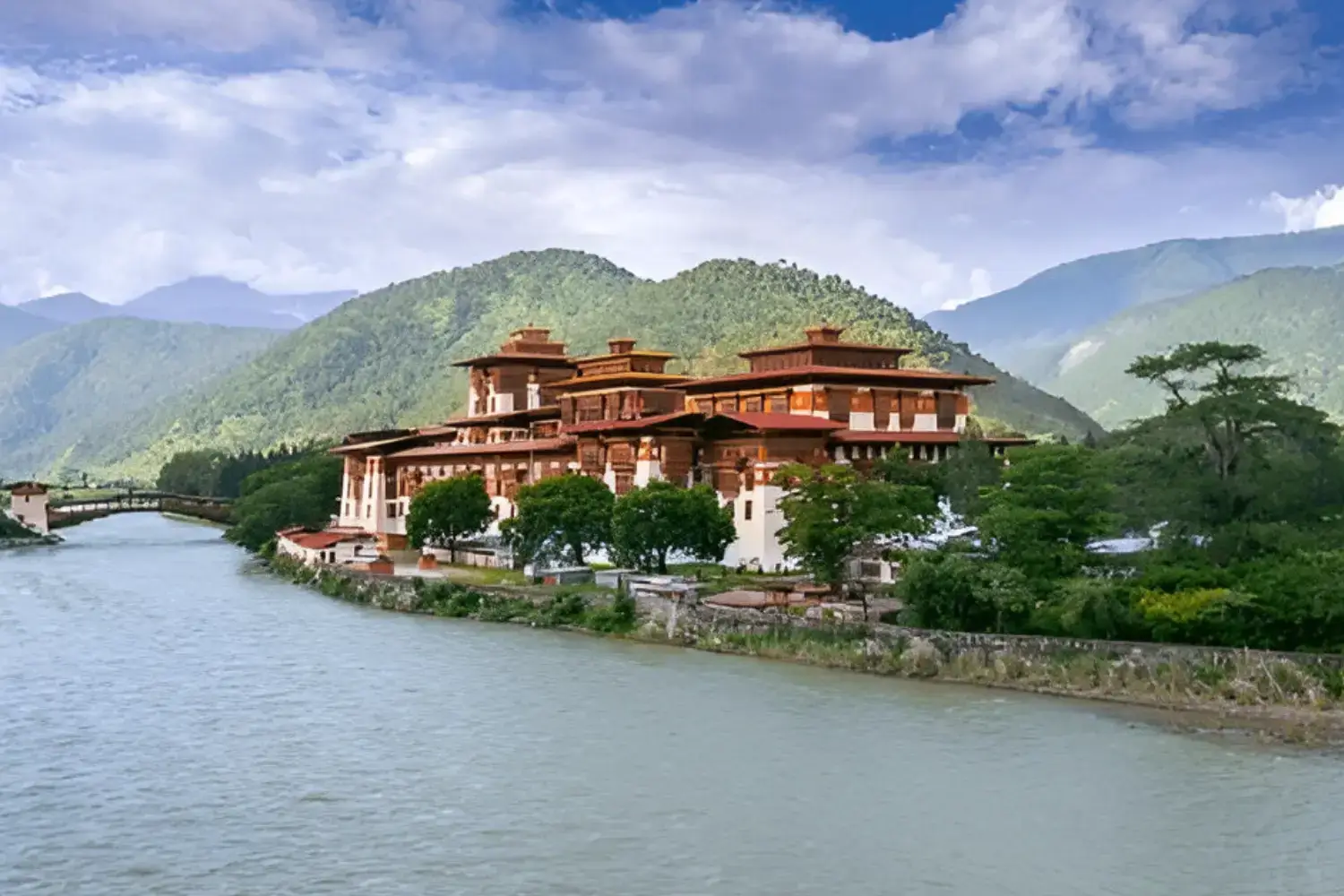
Known as the "Palace of Great Happiness," this stunning 17th-century architectural masterpiece is strategically located at the confluence of the Pho Chhu and Mo Chhu rivers in the Punakha Valley, at an elevation of around 1,200 meters (3,940 feet). This famous fortress in Bhutan served as the country’s capital until 1955 and remains the winter residence of the Central Monastic Body. Its immense spiritual importance stems from housing the sacred relic of the Rangjung Kharsapani, the preserved remains of Zhabdrung Ngawang Namgyal (the unifier of Bhutan), and precious Buddhist scriptures. Punakha Dzong is also the site of significant religious festivals like the Punakha Domche and Serda, making it a pivotal center for the nation's spiritual and administrative life.
How to Reach Punakha Dzong?
Punakha Dzong is easily accessible by road from Thimphu. The journey typically takes approximately 3 hours, offering scenic views as the route crosses the famous Dochula Pass before descending into the warmer Punakha Valley.
Kyichu Lhakhang, Paro
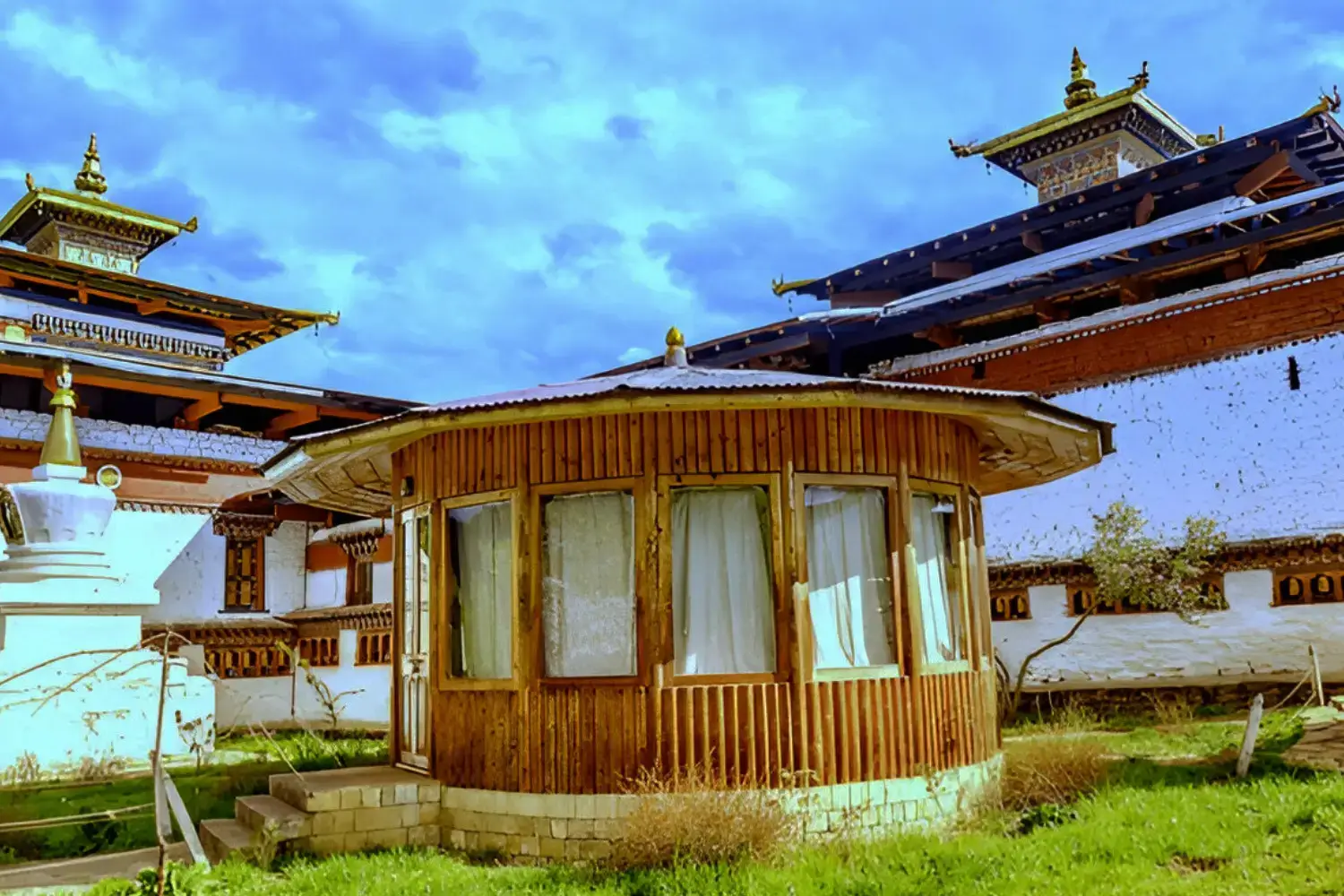
One of Bhutan's oldest and most revered Buddhist temples, Kyichu Lhakhang was built in the 7th century by the Tibetan King Songtsen Gampo. Situated in the Paro Valley, just a few kilometers north of Paro town, it is part of a series of 108 temples constructed across the Himalayan region to subdue a giant demoness. This popular Buddhist temple in Bhutan houses a magnificent ancient statue of Buddha and is believed to play a crucial role in bringing peace and harmony to the land.
How to reach Kyichu Lhakhang?
Kyichu Lhakhang is easily accessible via a short, pleasant drive from Paro town. Located just a few kilometers north of Paro, the well-maintained paved road leads directly to the temple in about 15 to 20 minutes. Most visitors arrive by private vehicle or taxi from their accommodation in Paro.
Tashichho Dzong, Thimphu
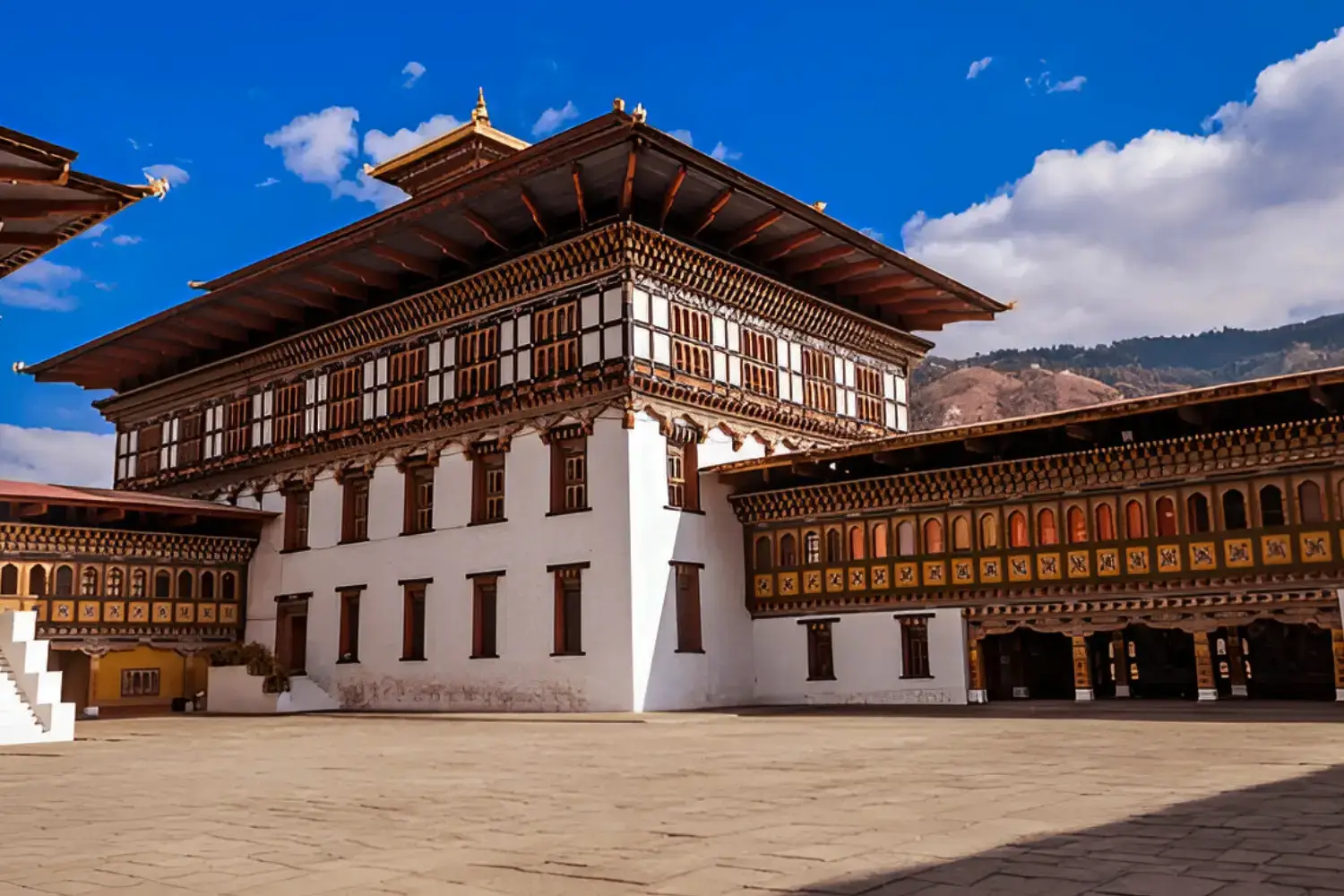
This impressive fortress in the capital city of Thimphu, which stands at an approximate altitude of 2,334 meters (7,657 feet), serves as both the seat of the Bhutanese government and the Central Monastic Body. A splendid example of Bhutanese architecture, its grandeur and spiritual significance. As the primary monastery and administrative hub, it not only hosts major religious ceremonies and festivals, including the famous Thimphu Tshechu, but also houses important relics and serves as the summer residence for the Chief Abbot (Je Khenpo) and the monastic body.
How to Reach Tashichho Dzong?
Tashichho Dzong is conveniently located on the northern edge of Thimphu city, approximately 2-3 kilometers (about 1.2-1.8 miles) from the city center. It is easily accessible by vehicle from any part of the capital, typically a short drive, or a pleasant walk for those staying in nearby central accommodations.
Gangtey Monastery (Gangtey Goenpa), Phobjikha Valley
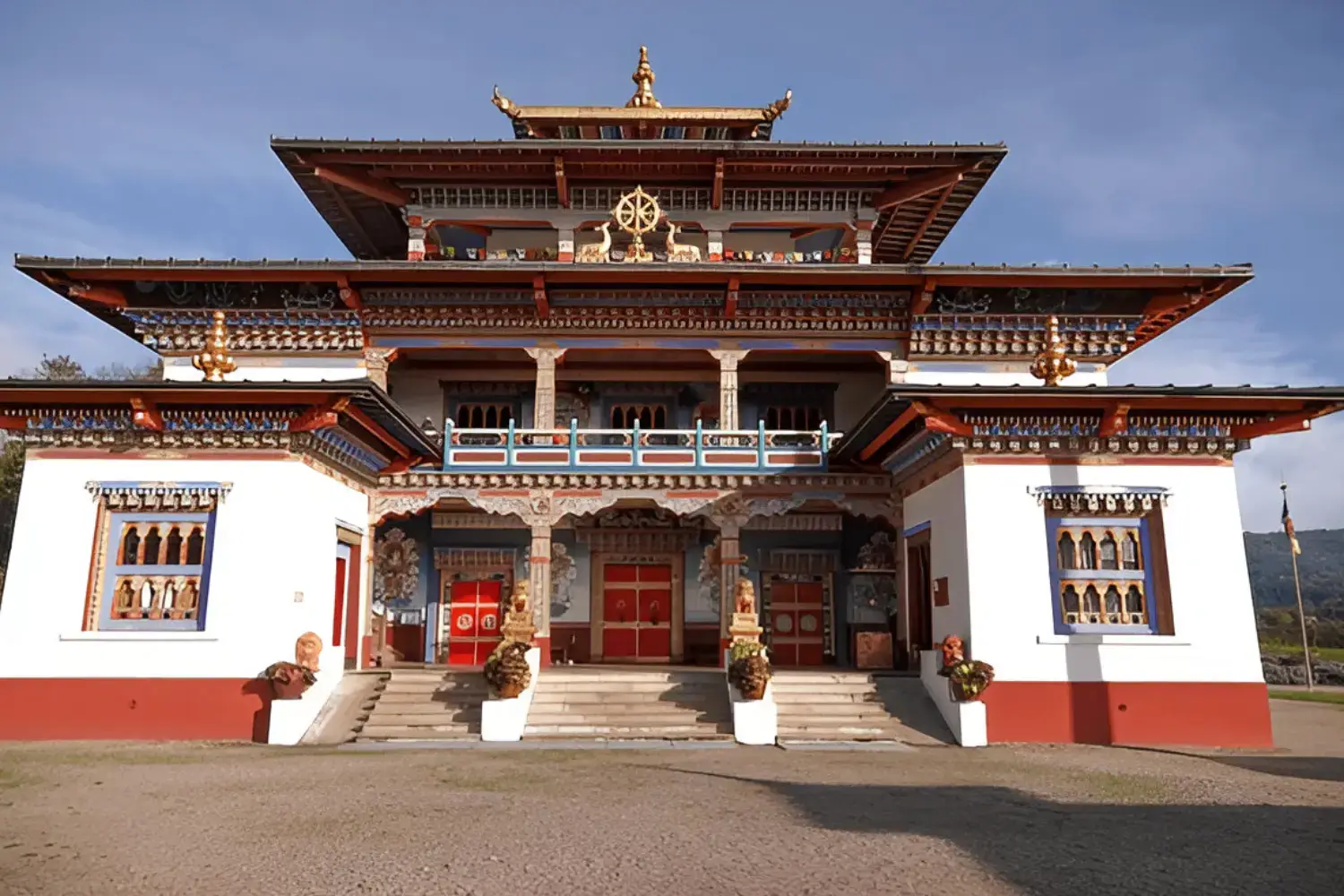
Perched majestically on a ridge overlooking the beautiful and vast Phobjikha Valley in Wangdue Phodrang District, where the valley floor is at an elevation of around 3,000 meters (9,800 feet), Gangtey Monastery is the largest Nyingma monastery in Bhutan. Its serene setting provides a peaceful atmosphere for contemplation and is especially significant due to its association with the Phobjikha valley, which serves as the crucial wintering ground for the endangered Black-necked Cranes.
How to reach Gangtey Monastery?
The drive to Gangtey Monastery from Thimphu is a scenic and significant part of the experience, typically taking approximately 6 hours. This journey traverses winding mountain roads and often involves a traverse over high mountain passes like the Pele La.
Kurjey Lhakhang, Bumthang
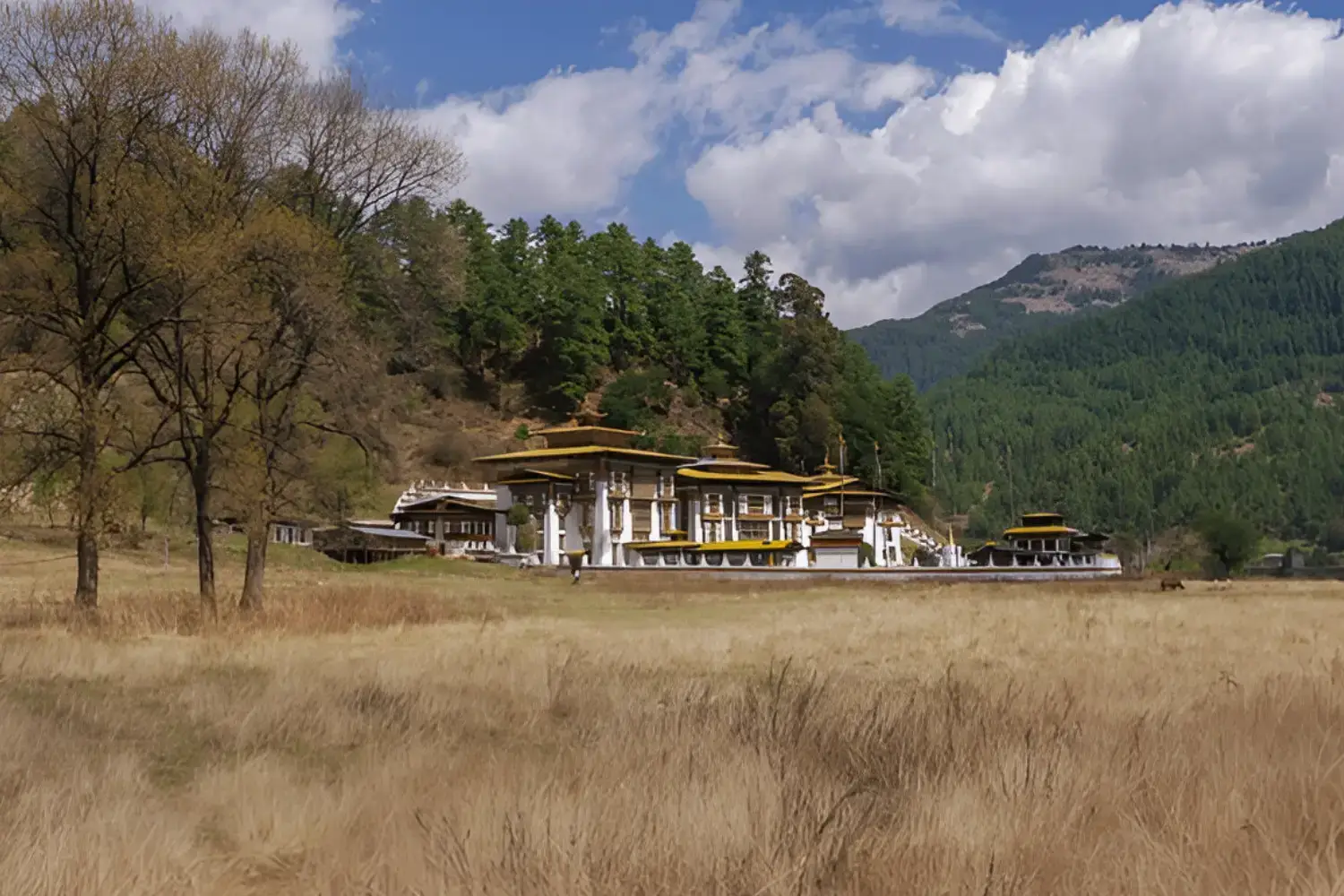
This sacred temple complex in the Bumthang Valley, a high-altitude region around 2,600 meters (8,500 feet) in central BhutanIts name means "Body Imprint Temple," derived from the belief that Guru Rinpoche left his body imprint in a cave here while meditating. It also serves as the final resting place for the ashes of the first three kings of Bhutan.
How to Reach Kurjey Lhakhang?
Kurjey Lhakhang is conveniently located within the Bumthang Valley, approximately 3-4 kilometers (about 2 miles) from Jakar town, the main hub of Bumthang. It is easily accessible by a short and pleasant drive on a well-maintained road, taking roughly 10-15 minutes from the town center. Its proximity to other significant sites in the valley makes it a straightforward addition to any Bumthang itinerary.
Jambay Lhakhang, Bumthang
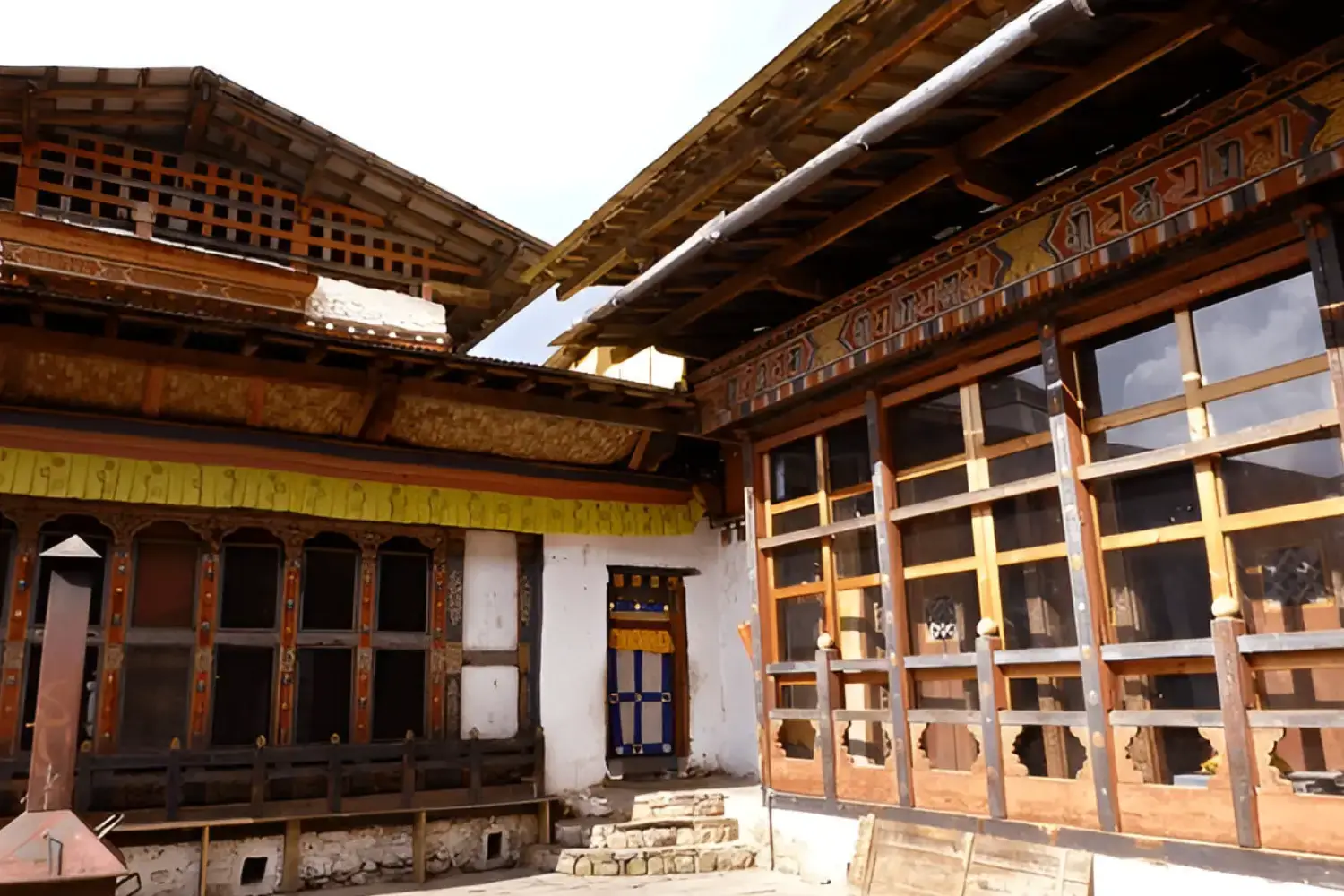
Another ancient temple in the high-altitude Bumthang Valley of central Bhutan, Jambay Lhakhang is said to be one of the 108 temples built by the Tibetan King Songtsen Gampo in the 7th century to subdue a demoness. It is particularly renowned for its annual Jambay Lhakhang Drup festival, typically held in November (for 2025, it is scheduled from November 5th to 8th), featuring unique fire rituals and sacred masked dances, drawing pilgrims and visitors alike.
How to Reach Jambay Lhakhang?
Jambay Lhakhang is easily accessible by road from Jakar town in Bumthang. It's located just a short drive, approximately 1.5 to 2 kilometers (around 1 mile) from Jakar's town center, making it a very quick and convenient visit within the valley.
Chimi Lhakhang, Punakha
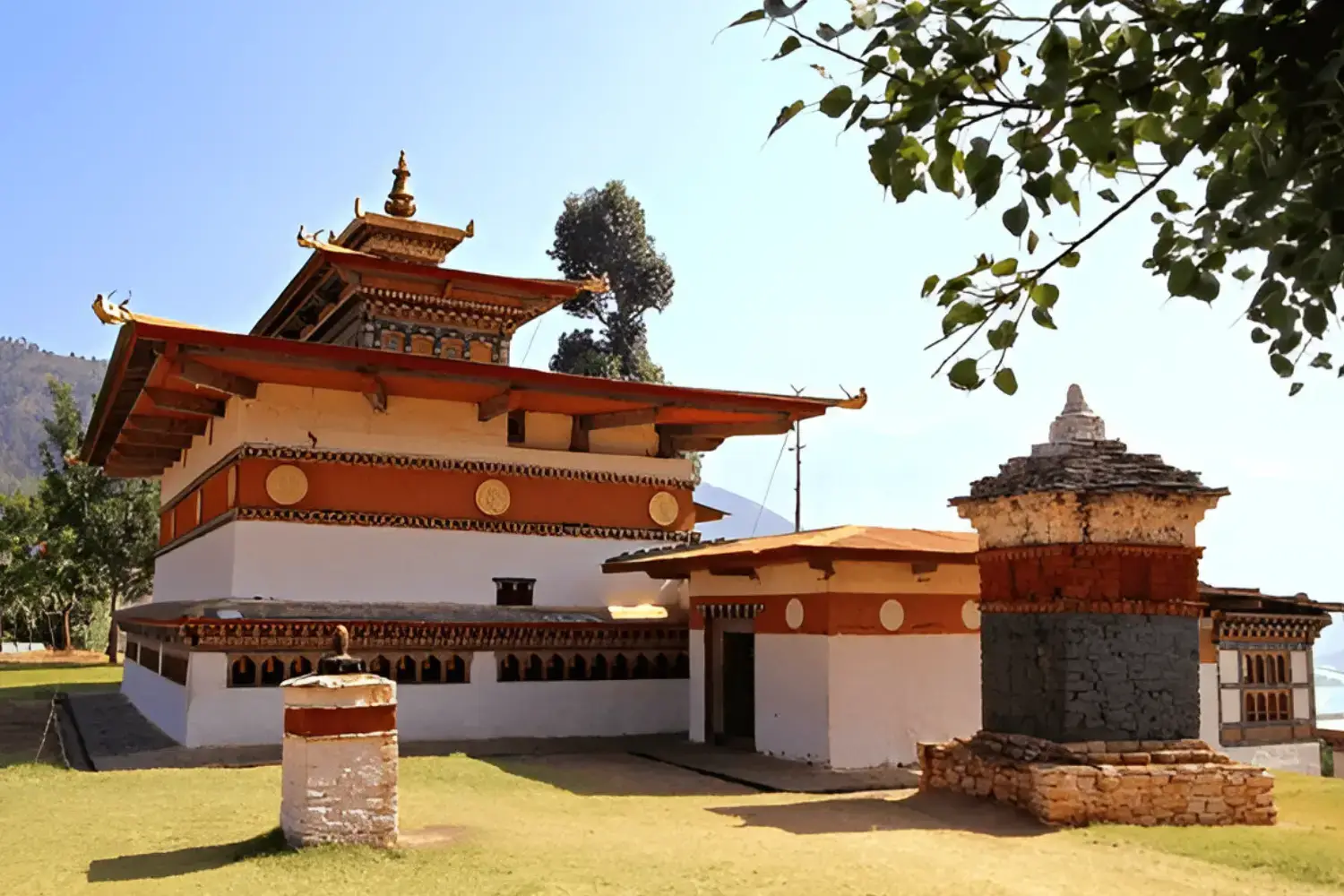
Referred to as the "Fertility Temple," Chimi Lhakhang was built in honor of Lama Drukpa Kunley, famously known as the "Divine Madman," a revered figure in Bhutanese Buddhism. This unconventional temple, located in the Punakha Valley, is a pilgrimage site for couples seeking blessings for fertility and is distinguished by its unique blessings, involving striking the pilgrim with a 10-inch wooden phallus.
How to reach Chimi Lhakhang, Punakha?
It is reached by a short, relatively flat walk (about 20-30 minutes) through rice fields from the main road, which is accessible by vehicle from Punakha town.
Tango Monastery, Thimphu

Located about 14 kilometers north of Thimphu, Tango Monastery is a prominent Buddhist university and retreat center founded in the 13th century. The peaceful surroundings and the opportunity for deeper spiritual engagement, including short meditation sessions or interactions with monks, make it a significant site for learning and spiritual practice.
How to reach Tango Monastery, Thimphu?
It is reached by a drive north from Thimphu to the road head, followed by a pleasant uphill hike of about 1 hour.
Rinpung Dzong, Paro

Overlooking the Paro Valley and the Paro Chhu river, Rinpung Dzong, also known as the "Fortress on a Heap of Jewels," is a magnificent 16th-century fortress-monastery. It serves as the administrative center of Paro district and houses the district monastic body. Its impressive architecture, vibrant wall paintings depicting Buddhist teachings, and strategic location embody the perfect blend of religious and civil governance in Bhutan. Its profound spiritual significance lies in its role as a major monastic hub, housing numerous temples and chapels within its walls dedicated to revered deities and gurus, and safeguarding important Buddhist relics. Rinpung Dzong is also famously the venue for the annual Paro Tshechu festival, a major religious celebration typically performed in the spring.
How to Reach Rinpung Dzong?
Rinpung Dzong is very conveniently located and easily accessible from Paro town. Most visitors enjoy the picturesque walk to the dzong, which typically takes around 15-20 minutes on foot from the main town area. This pedestrian access often involves crossing the iconic Nyamai Zam, a traditional cantilever bridge adorned with prayer flags, offering excellent photo opportunities and leading directly to the dzong's entrance. Alternatively, for those preferring not to walk, a short and quick drive by vehicle or taxi is also readily available from any part of Paro town.
Embarking on a Buddhist circuit tour in Bhutan offers an unparalleled journey into the heart of a deeply spiritual nation. From the iconic Tiger's Nest to the ancient Kyichu Lhakhang and the majestic Punakha Dzong, the sites truly provide a unique insight into Bhutan's rich spiritual heritage. Do you want to explore the best Buddhist places in Bhutan? We can help you plan your trip with our best Bhutan packages. Get in touch with us on a call or send us an email.
You May Also Like to Read
- Best Places to Visit in Buddha Circuit Tour Uttar Pradesh
- Buddhism in India
- Bihar Buddhist Circuit Tour- 5 Best Places to Visit
- Best Buddhist Places to Visit in North East India
- 10 Best Buddhist Temples to Visit in World
- Popular Buddhist Festivals in India
- Top Buddhist Destinations in India
- Popular Monasteries in India
- Top Buddhist Tourism Places to Visit in Madhya Pradesh
- Top Buddhist Tourist Places in Gujarat
- Popular Stupas in India
- Nepal Buddha Tour- Best Places to Visit
- Best Buddhist Places to Visit in Himachal Pradesh
- Odisha Buddhist Circuit Tour Places
- Popular Buddhist Pilgrimage Sites in India
- Top Buddhist Places to Visit in Bhutan
